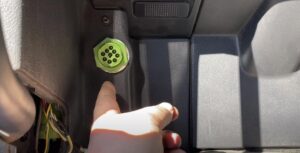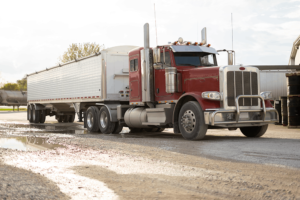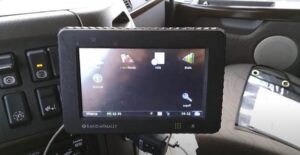
Traffic management systems are complex information and analytical systems that collect, process and provide real-time traffic data. They use various sources of information such as sensors on roads, CCTV cameras, GPS trackers on vehicles, and data from smartphone and navigator users. This data is analyzed using special algorithms and models to predict traffic conditions, determine optimal routes for different modes of transport, coordinate traffic lights and other infrastructure elements.
Traffic flow management systems have a number of advantages for the safety and efficiency of road transportation:
- help reduce traffic congestion by distributing traffic more evenly across different directions;
- help to reduce travel time through more accurate route selection depending on current road conditions;
- help improve traffic safety by warning about dangerous road sections;
- help save fuel through smoother driving without unnecessary stops;
- help improve passenger comfort by providing more timely information about public transportation schedules.
Telematics and navigation
Telematics is a set of technologies that allow transmitting and receiving information from remote vehicles via wireless communication channels. Navigation is a technology that allows to determine the location and direction of movement of vehicles using satellite systems such as GPS and others. Telematics and navigation are widely used in road transportation for various purposes.
Telematics and navigation have several advantages for the safety and efficiency of road transportation:
- enable real-time tracking of the location and status of trucks and cargo, which improves transportation control and management;
- provide up-to-the-minute information on traffic conditions, weather, congestion and other factors that can affect the speed and quality of delivery;
- optimize routes and fuel costs through more accurate calculation of distances, travel time and fuel consumption;
- improve driver and cargo safety by providing information on speed, direction, acceleration, braking, road gradient and other parameters;
- improve customer service by providing information on order status, expected delivery time, possible delays and reasons for them.





